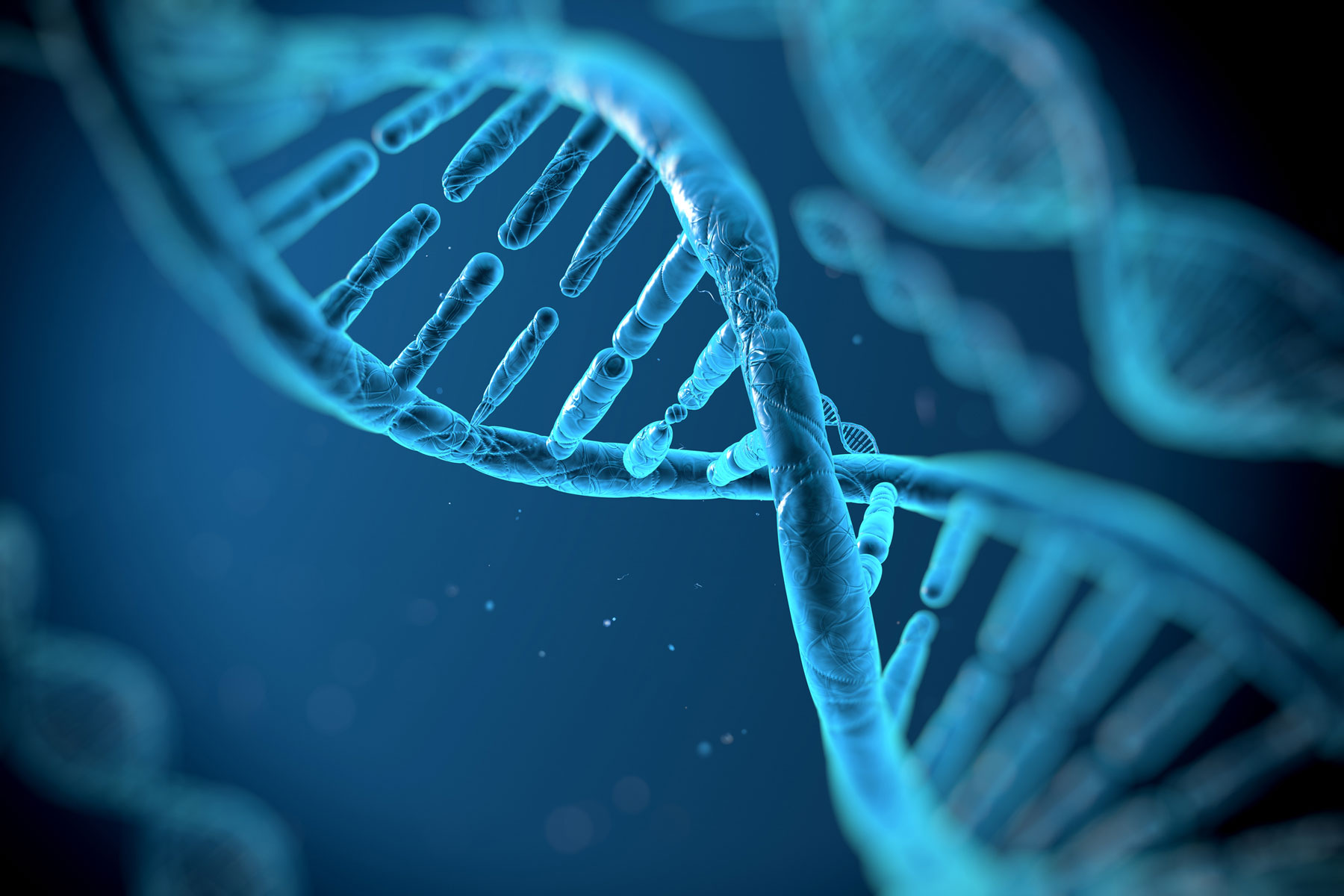Vivacitas is leading the charge in the battle against cancer with our proprietary technologies.
While earlier generations of naturally-sourced Camptothecins treatments generally work in the same way, the aspects that give AR-67 the edge are design modifications of the natural Camptothecin ‘scaffold’ and our unique, proprietary synthesis technology.


Our patented, total synthetic production is intended to provide more consistent supply and uniformity in quality and consistency, which we anticipate will translate to improved efficacy and tolerability for patients, as signaled in initial Phase I and II clinical studies.
Rather than relying on the organic source material, we can chemically synthesize the active component, which provides a level of independence from harvesting seasonally variable plant-based raw materials and potentially challenging supply chains. The benefit of this is the potential for a more controlled, consistent, scalable, and high-quality product

1. Novel silatecan displays high lipophilicity, improved blood stability and potent
anticancer activity. Bom D, et al J Med Chem 2000; 43:3970-3980
2. Silatecan DB-67 is a novel DNA Topo-1 targeted radiation sensitizer: Chen AY. Mol
Cancer Ther 2005; 4(2): 317-24.
3. Phase I study publication: Arnold SM, et al. Clin Cancer Res. 2010;6:673-680
4. Phase II study publication (abstract): Kumthekar P, et al. SNO 2019. Poster ACTR-40,
published in Neuro-Oncology(https://academic.oup.com/neuro-oncology)
5. Ubiquitin-dependent Destruction of Topoisomerase I Is
Stimulated by the Antitumor Drug Camptothecin*, Desai et al. The Journal of Biological Chemistry, Vol. 272, No. 39, Issue of September 26, pp. 24159–24164, 1997. https://www.jbc.org
6. Metabolic Pathways of the Camptothecin Analog AR-67, Horn et al. Drug Metabolism and Disposition, Vol. 39, No. 4, 37390/3672838, 2011. https://dmd.aspetjournals.org